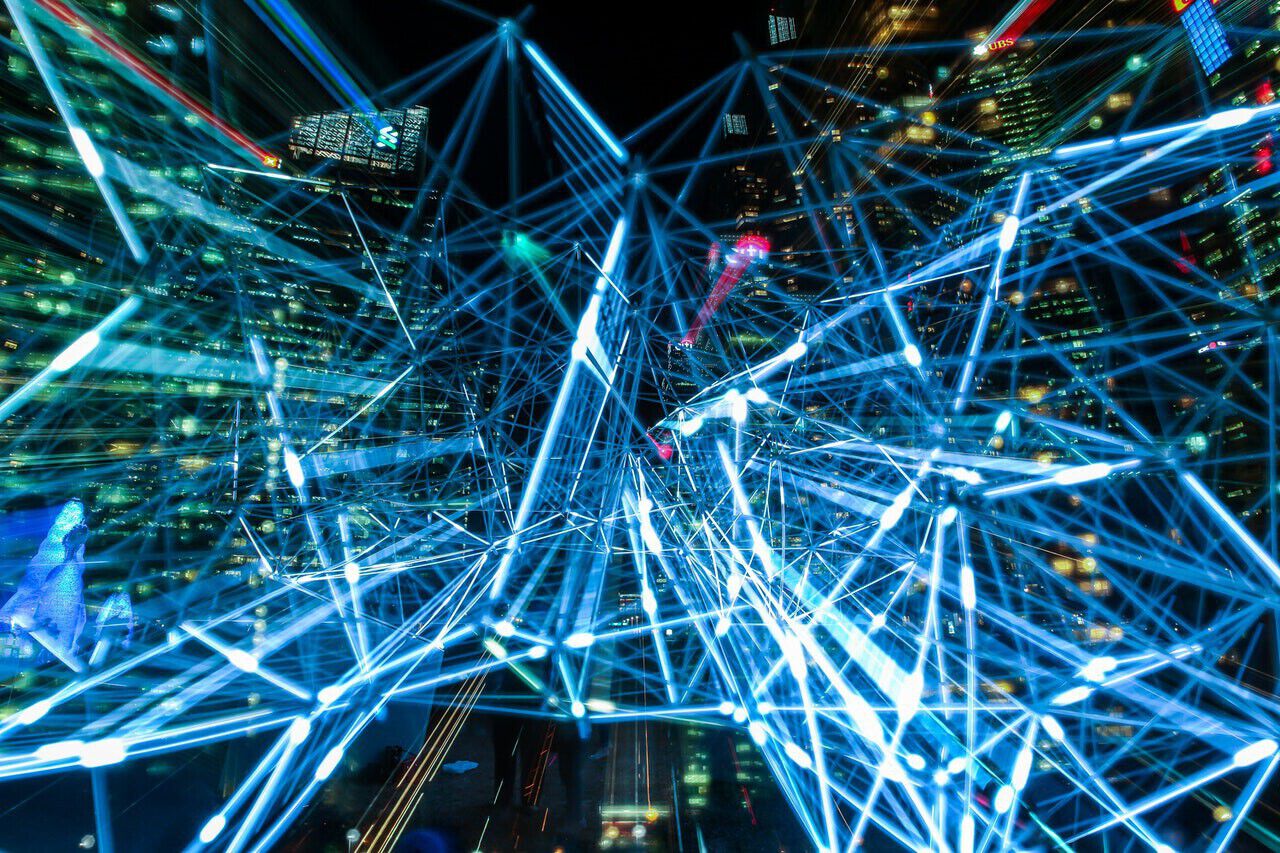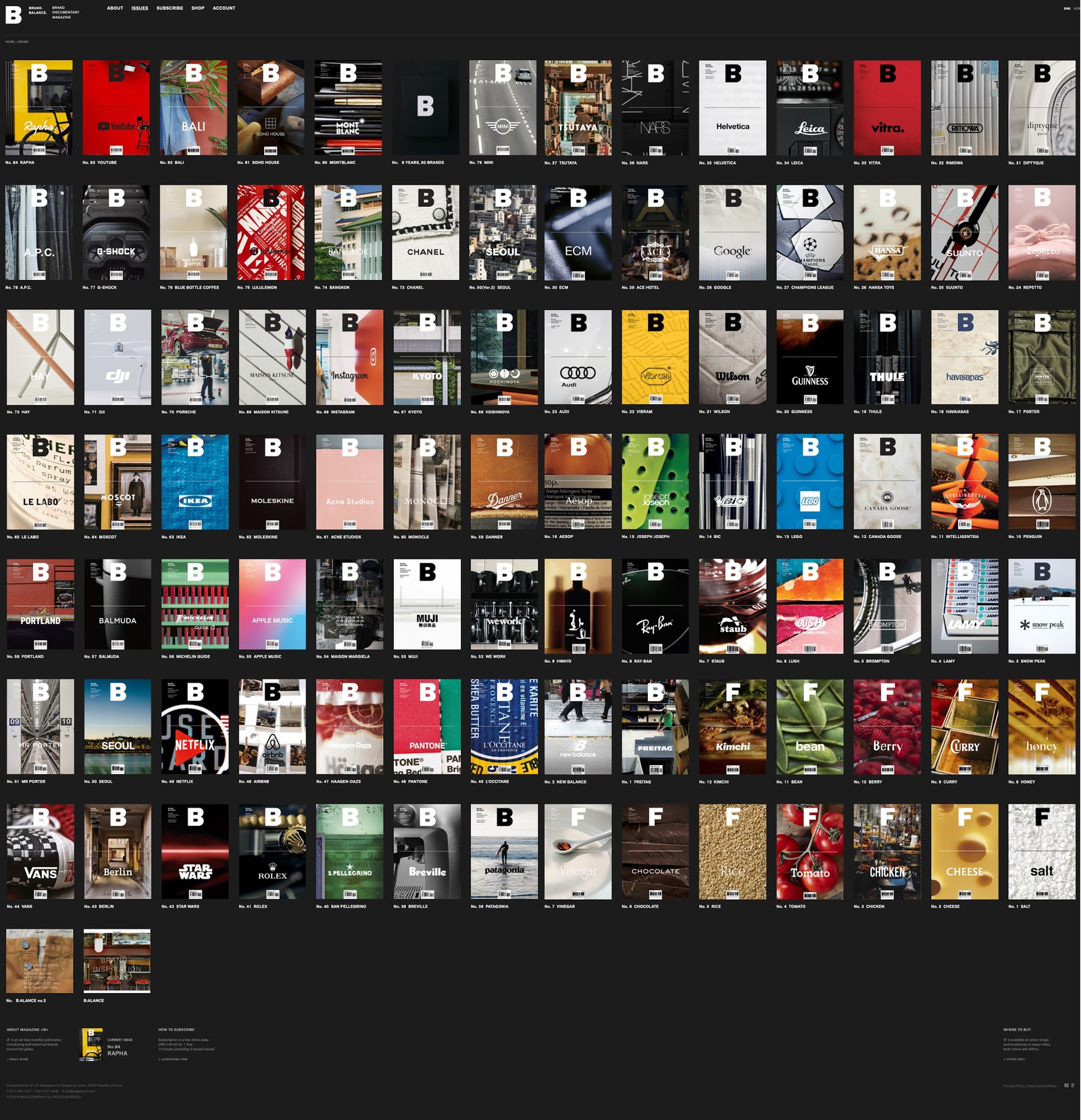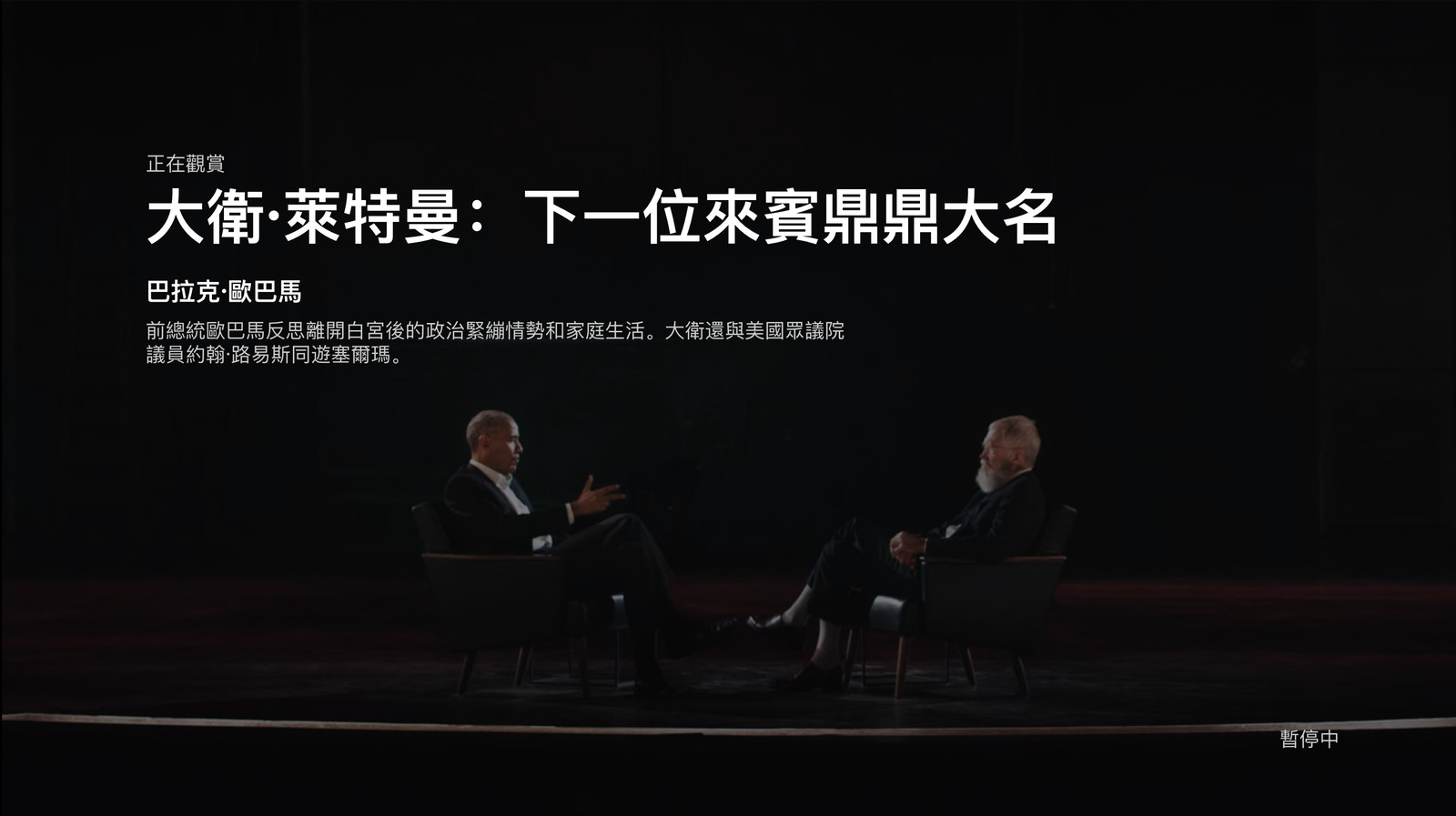 1980 年代,Ed Catmull 率先帶了一匹人,加入了當時的 Lucasfilm,並在裏頭成立了一個電腦部門,那時他們列出了一些目標,像是提出新的數位合成系統來取代舊有的光學式沖印設備、數位剪輯系統,與使用電腦產生的圖來取代模型拍攝等。他們那時應該是一群學者(或研究人員),目的是搞出一些軟硬體來。
1980 年代,Ed Catmull 率先帶了一匹人,加入了當時的 Lucasfilm,並在裏頭成立了一個電腦部門,那時他們列出了一些目標,像是提出新的數位合成系統來取代舊有的光學式沖印設備、數位剪輯系統,與使用電腦產生的圖來取代模型拍攝等。他們那時應該是一群學者(或研究人員),目的是搞出一些軟硬體來。
3D 的部分,設計了一個叫 Pixar-3D 的巨型機器(其實就是一台電腦),而上頭的軟體架構取名為 Reyes(by Loren Carpenter),代表 Render Eveything You Ever Saw(其實是一個國家公園裏頭,一個湖的名字)。1986 年 Pixar 離開了 Lucasfilm,遇上了好心的 Steve Jobs,讓他們得以繼續發展 Reyes。Pixar-3D 這個硬體計畫,後來改名為 Reyes Machine。
最後,他們第一代硬體,取名為 RM-1,一台特別打造的機器,用來負責 rendering 這麼一回事,隨後,有這麼一段說法:
Pat Hanrahan realized that, in the face of this often changing hardware architecture, a standard interface to rendering hardware, like Silicon Graphics had to their hardware, was a good idea. So he started design work, at first with SGI and later without them, on the next-generation GL, called the “Rendering Interface,” or RI.
At some point during the design and building of the RM-1, Pat and Jeff noted that “one day” the Transputer would be so powerful that a single chip would do the work that the entire Reyes Machine was originally designed to do. You could imagine a small box with a single CPU and some superhigh-density memory running Reyes. It would render in real time and generate video that you’d pipe directly to video eyeglasses. It would be small enough to carry around on your belt the way you carry a Sony WalkMan. It would be a Render-Man.
Source: Advanced RenderMan: Creating CGI for Motion Pictures.
喔,對了,還有一件事。Steve Jobs 覺得 “Rendering Interface” 有點遜,應該換成 “RenderMan Interface”,因為這樣讓人印象更深刻些,也來得比較酷,所以呢,現在的 RISpec 就成了現在的 RenderMan Interface Spec。
Advanced RenderMan (Google Books, Amazon, 天瓏書局, Findbook)。寫完這篇的同時,我覺得 Pixar 應該頒個獎給我,感謝我這麼大力在台灣介紹他們的產品的 ^>^


